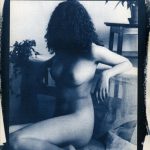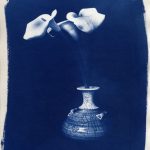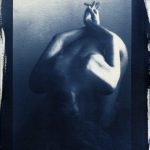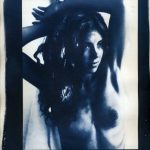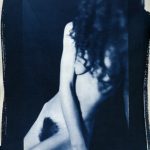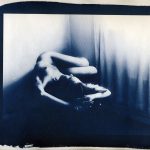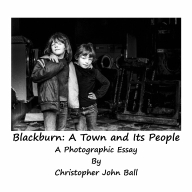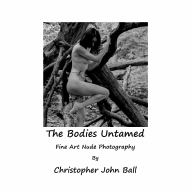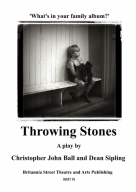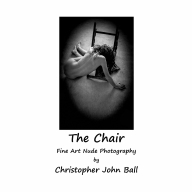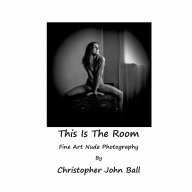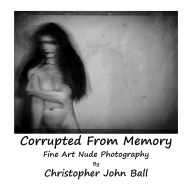
Cyanotypes
The invention of the Cyanotype process is accredited to Sir John Herschel, the Astronomer Royal, in 1842. It is believed that he developed this process so as to be able to make accurate copies of his designs, calculations and notes. Prior to this draughts persons were employed to copy the work by hand. Herschel became dissatisfied with the mistakes and inaccuracy that often arose and so the ' Blue-print ' came into being. Though initially used for copying drawings it did not take long for the process to be taken up by photographers after it was found that it could be adapted to produce prints from continuous tone negatives, provided that they exhibited plenty of contrast.
Anna Atkins, a British scientist, is acknowledged as having been the first to bring the process to the attention of the photographic world. In using the Cyanotype process to create a series of limited editioned books, documenting plant life, Anna Atkins is regarded as being the world’s first female photographer.
The Cyanotype is a ‘printing out process’ - a solution of ammonium iron (III) citrate and potassium ferricyanide is first hand coated onto a support base, usually watercolour paper. When dry, the negative is placed in contact with the coated paper and then exposed to an ultra violet light source such as the sun. After checking to see if the exposure is correct, which can be anything between half an hour and four hours, the print is ‘developed’ in water. The Cyanotype is one of the oldest and most permanent printing processes still in use by Fine Arts Photographers – many of the first cyanotypes are still in existence.
By playing with the brush strokes, taking advantage of inherent faults, water-colour paper texture, deliberate staining, toning etc - Christopher John Ball has adapted the cyanotype process to produce images of a highly individual nature. No two prints will ever look the same – therefore each is unique!
July 2024 Several books, featuring Christopher John Ball's photographs, are now available through Amazon or click on an image below to purchase via secure payments on lulu.com

Tweet
